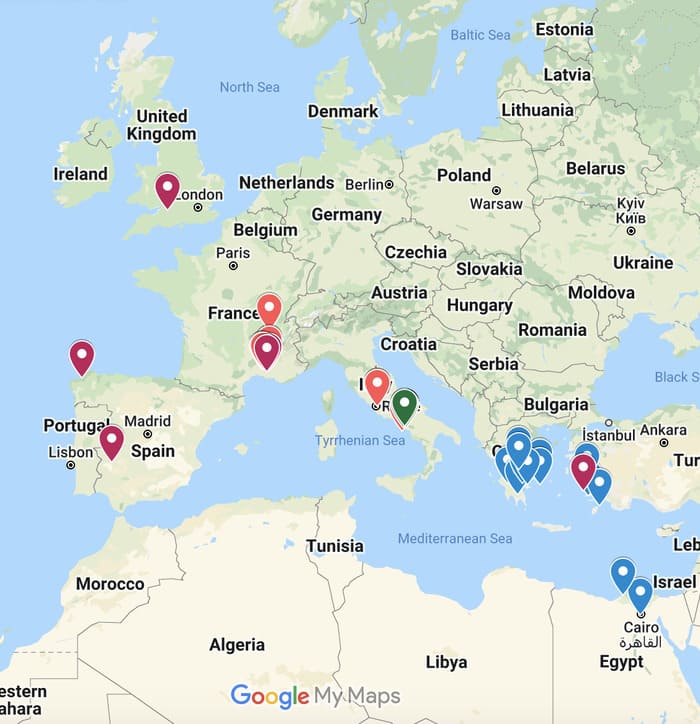History of Tourism in Ancient Greece
Olympia + Colossus of Rhodes + Sparta + Pyramid of Giza + Temple of Artemis + Lighthouse of Alexandria + Gardens of Babylon + Mausoleum at Halicarnassus
In 776 BC, the first Olympic Games were held, which consisted of athletic competitions in honor of the Gods of Olympus. Artistic and athletic offerings were offered as a gift. Many times sacrifices and prayers were also performed in honor of some god in particular.
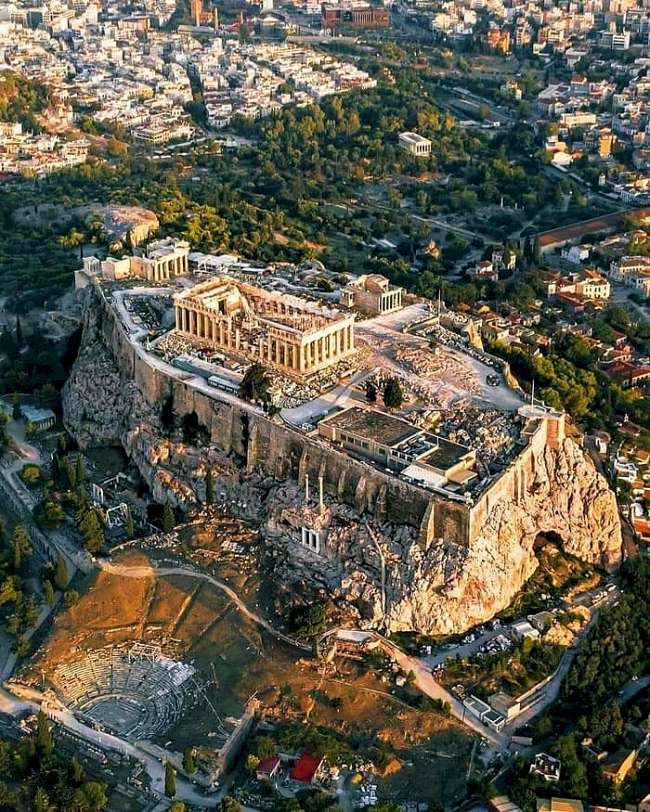
Although lesser known, the Pitios, Ismios and Nemeos festivals were also celebrated. These celebrations mobilized a large number of people, who of course, needed transportation and roads to travel. The roads system was very similar to that of the Persians and they usually traveled on foot or by donkey.
You may be interested: Tourism in Ancient Rome
Greece had a network of inns that only offered a bed for the night. They did not have dining rooms or bathrooms
It is also known that in each city public baths were built, open to everyone, where tourists of that time had to bring their own towels. They took off their clothes and kept them in special lockers, and then a slave took care of the hygiene with jars of hot and cold water.
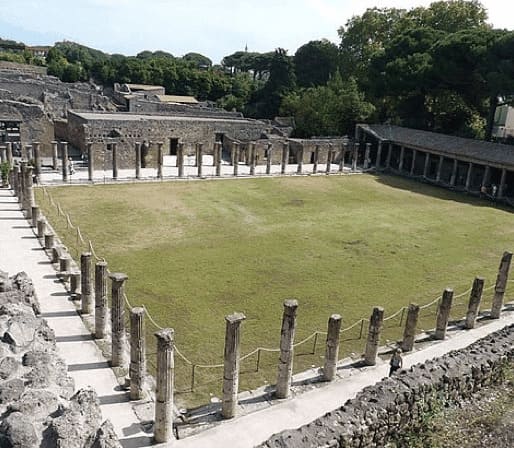

Travelling in Ancient Times: Acropolis & Pyramids
Pilgrimages to the different temples of Greece and to the oracles were very common. the most important one was that of Apollo in Delphi and among the most visited sanctuaries is the one of Esculapio, god of medicine.
The Greek lands also offered medicinal baths. Also seaside resorts, theater festivals and the opportunity to see monuments such as the Acropolis of Athens. The Acropolis are from the fifth century BC became one of the most visited sites in the world ancient along with the pyramids of Egypt. These were two of the seven wonders of the ancient world.
The Greeks visited other regions, such as Egypt. In most cases these visits were for military or trade matters, although it is known that the pyramids attracted many tourists.
History of Tourism map
Proxenos
In ancient Greece there were offices called proxenos. Here foreigners were received (it is remembered that foreigners did not have any kind of rights because of their status as non-citizens). It was for people who had problems to return to their city or country.
They could also need lodging, or even a loan to continue their trip. Many times the managers of these almost consular offices, arranged with merchants passages in boat where the tourists could take their own servants, offering them food and drink.
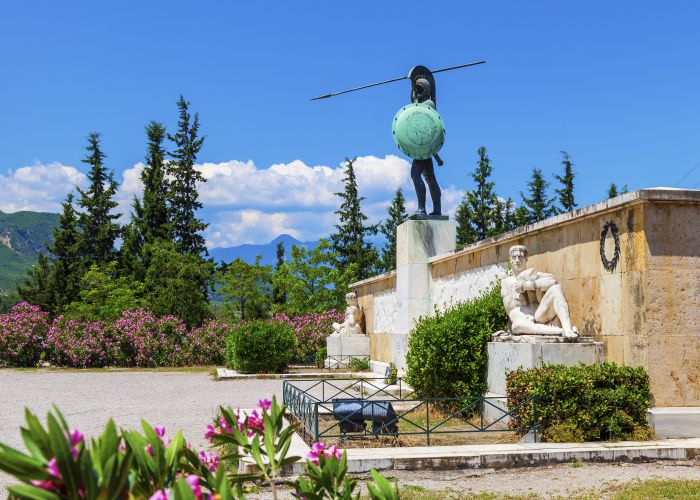
Traveling in ancient times: Slaves & Tourism
In classical Greece free men gave great importance to leisure, and devoted it to culture, entertainment, religion and sport. We must remember that all these activities could only be done by free men of the upper class or the Nobles. Many slaves were also available at that time.
Approximately seven slaves for each free man. It is for this reason that tourism was an exclusive activity of wealthy class that moved with servants, slaves and a considerable guard for protection. The tourist activity that was not religious or to attend the Olympic games was scarce.
What did the Party of Lenaia consist of and how did they take place in ancient Greece?
The Lenaia was an ancient Greek festival held in honor of the god Dionysus, which took place in Athens in the month of Gamelion, around January. The Lenaia was one of the lesser-known festivals in Athens, compared to the more famous Dionysia, which was held in the spring.
Lenaia festival consisted of dramatic competitions, including the performance of comedy plays, known as “attic comedy.” The plays were performed by professional actors and were often satirical and irreverent, with humorous themes that poked fun at the political and social issues of the time.
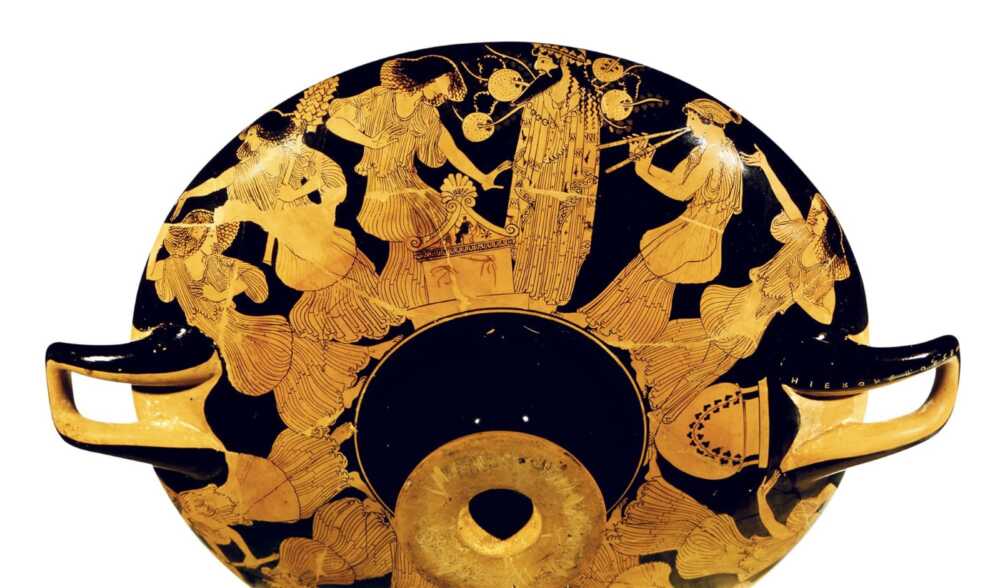
The highlight of the Lenaia festival was the “parade of the phalloi,” which involved the display of large phallic symbols, which were carried through the streets of Athens in honor of Dionysus, the god of fertility and wine. The parade was a raucous and bawdy affair, with revelers drinking, dancing, and making lewd jokes.
Festival also included religious rituals, such as the sacrifice of a bull in honor of Dionysus, and the offering of honey cakes to the god. The Lenaia was a time for the people of Athens to come together, celebrate, and let loose, and it was an important cultural and social event in ancient Greece. Party of Lenaia complete Post
The Romans Visit Sparta
During the Roman domination in Greece, the city of Sparta, powerful and famous in other times became a focus of tourism on the part of the Roman upper class. Sparta no longer had possibilities of any kind, military or economic or political. But focused on their ancestral military education to young people. The education of the It was so hard that it became a tourist attraction in itself

The Ritual of Ancient Spartans
The ritual combats of ancient spartans that had traditionally been fought in the Sanctuary of Artemis Orthia, under Roman domination, became the dimastígosis (they existed for a long time) , where the children were scourged and sometimes even death. Also the Romans had a deep curiosity to discover how a city so feared in its time, I am reduced to a town of goat herders and a circus military education.
Tourism in Ancient Greece:
Who was the first tourist in the world?
Herodotus of Greece. It is estimated that he visited Egypt, Palestine, Babylon, Assyria, Thrace, the Greek mainland, and Magna Graecia. Without his chronology being clear. It will be from exile in Samos when he begins the trips that will mark his life and his work.
Many of the references and facts that he will collect are a direct consequence of the trips undertaken, since they put him in contact with the cultural elites of the regions he visited. They also gave him access to his traditions and myths. The income to finance the trips seems to have come from the contests in which he participated and from the teachings he offered wherever he went. We do not know if he had another alternative source of income.
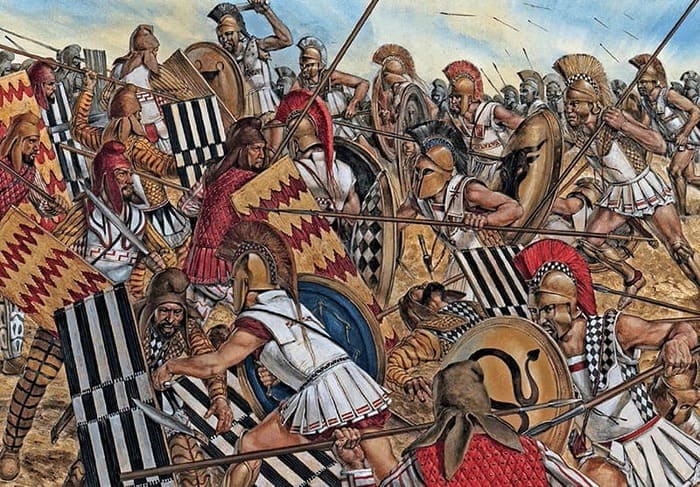
Data on the life of Herodotus are scarce and controversial. It is known that he was born in Halicarnassus, a Greek city located in Asia Minor, on an uncertain date, although it is usually set between 490 and 480 BC. The position occupied by his family within the city, oscillates between whether he only enjoyed a comfortable situation or belonged to a nobility with roots in Halicarnassus.
What places did Herodotus visit?
Egypt, Palestine, Babylon, Assyria, Thrace, the Greek mainland, and Magna Graecia. One of the biggest criticisms that Herodotus has received is related to the treatment of the sources. The trips he made allowed him to access a significant amount of information, the use of which has been described as naive or incorrect. There are three sources primarily used by the historian: the written, the oral and his own knowledge.
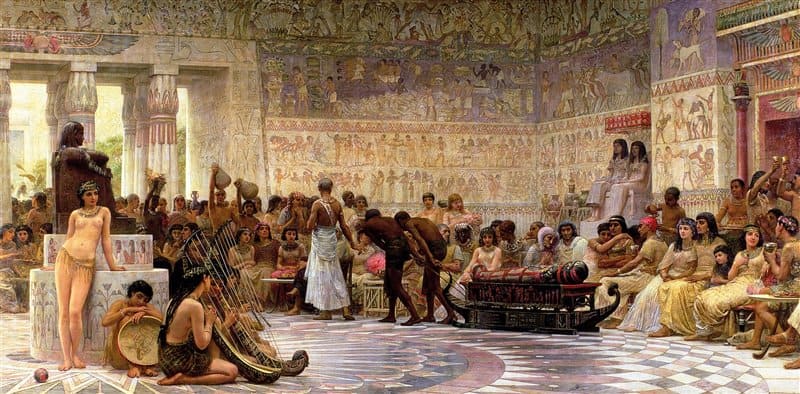
First-hand knowledge includes descriptions of places, landscapes, races, and other circumstances that he was able to observe through his travels. To all these sources he applies a critical bias, trying to limit their fabulous scope or reinterpreting their meaning. He also provides different versions of the same event to contrast some data.
Herodotus does not develop a historical science as Thucydides would do a few years later, but he is the first to apply objective criteria for the treatment of abundant information and will leave for posterity a work that, also for the first time, has humanity as its framework in as a whole through tourist trips
Tourism in Ancient Greece: The great Pyramid of Giza
It is the only one that remains today, while the other six disappeared centuries ago, the Great Pyramid of Giza still stands tall in northern Egypt. Built around 2500 BC. As the tomb of Pharaoh Khufu of the 4th dynasty, it is the largest of the three pyramids of Giza. Its original height of 146.5 meters made the pyramid the tallest human-made structure in the world until it was eclipsed by Lincoln Cathedral in the 14th century.
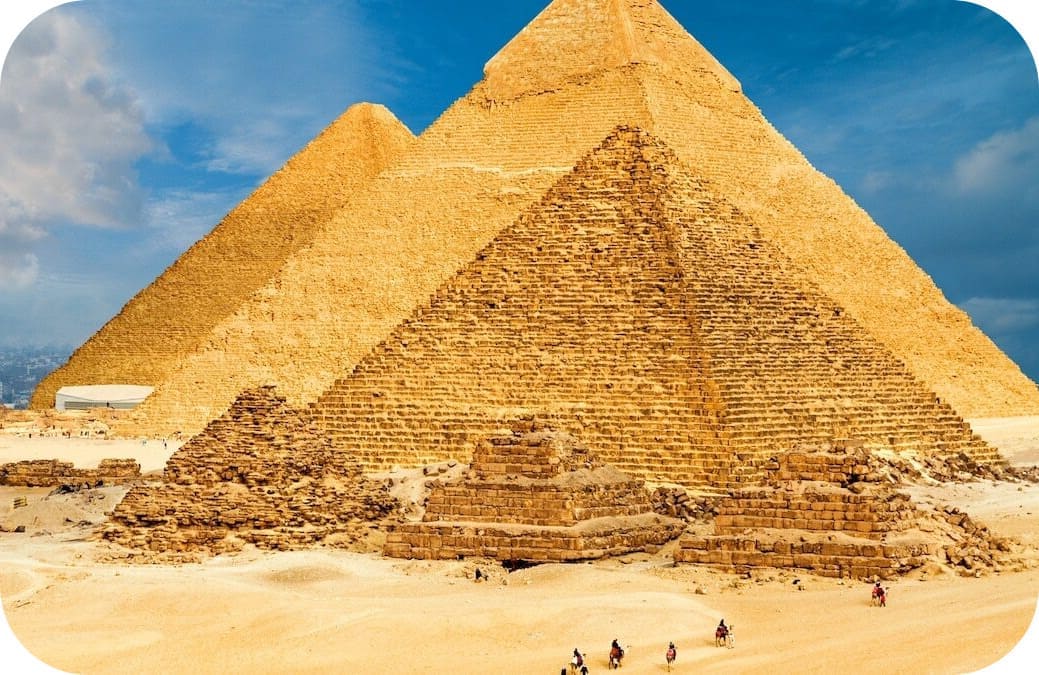
Over the years, the outer layer of limestone has eroded away, reducing the height by nearly eight meters, but the pyramid remains one of the most extraordinary sights on the planet. Recent estimates suggest that it took around 14 years to transport and lay the 2.3 million stone blocks.
How the pyramids were built, or how, 4,000 years ago, the Egyptians aligned their structures with the points of the compass, remains a matter of debate.

What was the Mausoleum at Halicarnassus?
It was a tomb designed by the Greek architects Satyrus of Paros and Pittheus and had three levels, combining Lycian, Greek and Egyptian architectural styles. Built for the powerful satrap Mausolus, who built a magnificent new capital for himself and his wife Artemisia at Halicarnassus (on the west coast of present-day Turkey). I spare no expense to fill it with beautiful marble statues and temples. Four of Greece’s most famous artists created other sculptures and friezes to surround the tomb, each decorating a single side.

Made of white marble, the monumental structure sat on a hill overlooking the capital he had built. There was no doubt that he, being the satrap (governor) of the Persian Empire and ruler of Caria, would enjoy a similar luxury after his death in 353 BC. c.
The lowest level was around 20 meters high, forming a base of steps leading to the second level, surrounded by 36 columns. The roof was in the shape of a pyramid, with a sculpture of a four-horse chariot on top that raised the height of the tomb to some 41 meters.
The tomb may have been destroyed by earthquakes in medieval times, but a part of it survived. Such was the splendor of Mausolus’ final resting place that the word “mausoleum” is derived from its name.
Artemisia (sister of Mausolus) was supposedly so distraught over the death of her husband that she mixed her ashes with water and drank them, before supervising the construction of her extravagant tomb.
Where was the Statue of Zeus located?
At Olympia: A sanctuary in ancient Greece, the site of the first Olympic Games, and home to a Wonder. The sculptor Phidias erected his masterpiece in the Temple of Zeus at Olympia, around 435 BC. It depicted a resplendent Zeus seated on a throne made of cedar wood and decorated with gold, ivory, ebony, and precious stones.
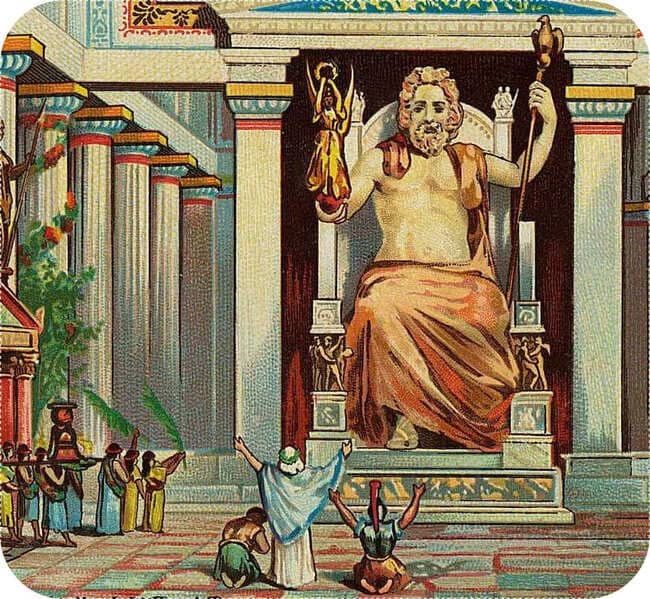
Olympian Zeus held a statue of Nike, the goddess of victory, in his outstretched right hand and a scepter with an eagle on the upper left. The size of the statue of almost 12 meters (40 feet) tall, barely fit inside the temple. One of the priests who was in charge of oiling the sculpture to protect it from the weather observed: “It seems that if Zeus stood up, he would unroof the temple.”
For eight centuries, people made religious tourism to Olympia just to see the statue. Although she survived the Roman emperor Caligula, who wanted her taken to Rome so that his head could be replaced with his own image, Zeus was ultimately lost. It may have happened with the destruction of the temple in 426 AD, or perhaps it was consumed by flames after being transported to Constantinople.
What were the Hanging Gardens of Babylon?
They were gardens located on terraces on a pyramid. They were an ascending series of roof gardens, with some of the terraces supposedly reaching a height of around 23 metres. This gave the impression of being a mountain of flowers, plants and herbs that grew in the heart of Babylon.
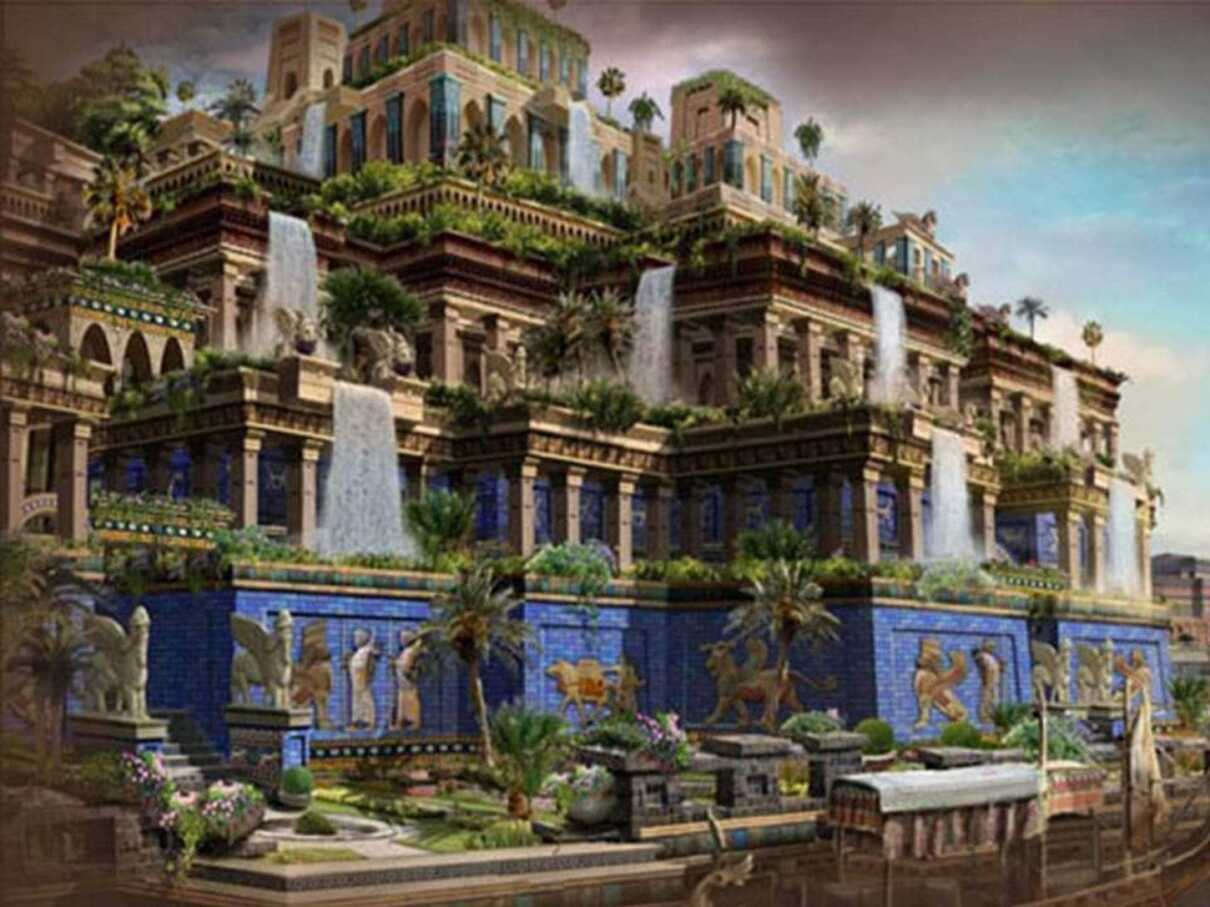
They demonstrated a level of engineering skill far ahead of their time, as maintaining a lush, living garden in the deserts of what is now Iraq would have been quite a feat. The exotic vegetation would have been irrigated by means of a sophisticated system of pumps and pipes that brought water from the Euphrates River.
The Greek engineer and writer Philo of Byzantium described the process of irrigating gardens by saying that “aqueducts contain water that runs from higher places, allowing part of the flow to roll downhill while forcing part up, running backwards, by means of a screw”, which includes an ‘Archimedean Screw’.
Despite the existence of detailed descriptions in many ancient texts, both Greek and Roman, no other Wonder is more mysterious than the Hanging Gardens of Babylon. All accounts are second-hand and there is as yet no conclusive evidence that they existed.
One theory is that the Babylonian king Nebuchadnezzar II had the Hanging Gardens created in 600 BC to comfort his homesick wife, who missed the greenery of her homeland of Median (what is now Iran).
Dr. Stephanie Dalley of the University of Oxford claimed that the gardens and irrigation were created by the Assyrian king Sennacherib for his palace in Nineveh, 300 miles to the north and on the Tigris River, and not in Babylon.
What was the Lighthouse of Alexandria?
Tourism in Ancient Greece: A lighthouse with a height of just under 140 meters, making it the second tallest human-made structure of ancient times after the Great Pyramid of Giza. In the reign of Ptolemy II, c280-70 BC, the Greek architect Sostratus of Cnidus was commissioned to build it and it took him more than a decade to complete it.
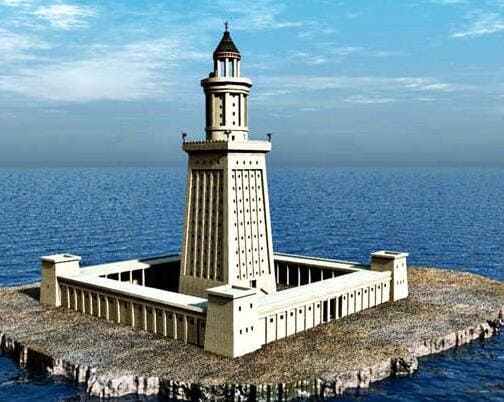
Navigating to the port of Alexandria was difficult, due to the shallow water and rocks.
A solution was imperative for the thriving Mediterranean port (on the coast of Egypt) – founded by Alexander the Great in 331 BC, hence the name – and it came in the form of a towering illuminated signal tower on the nearby island of Faros.
The tower was divided into a square base, an octagonal middle section, and a cylindrical upper section, all connected by a spiral ramp so that a bonfire could be lit at the top, which was supposedly visible from 30 miles away. “The tower, in a straight and vertical line, seems to part the sky… during the night, a sailor on the waves will see a great fire burning from its top”, according to the Greek poet Posidipus. His design became the model for all headlights since then.
Like some of the other Seven Wonders, the lighthouse fell victim to earthquakes. He managed to survive several major shocks, but not without extensive damage that led to his being abandoned. The ruins collapsed definitively in the fifteenth century.
However, that was not the last of the lighthouse, as French archaeologists discovered massive stones in the waters around Faros Island in 1994, which they claimed were part of the ancient structure. In 2015, the Egyptian authorities announced their intention to rebuild the Wonder.

What was the Temple of Artemis?
It was a white marble temple that covered an area of over 110 x 55 meters (340 x 170 ft), with its entire length adorned with carvings, statues, and 127 columns.
Inside was a statue of the goddess Artemis, a place of homage for the many visitors to Ephesus, who left offerings at her feet.

Antipater of Sidon described it thus: “I have set my eyes on the wall of upper Babylon in which there is a chariot road, and the statue of Zeus by Alphaeus, and the Hanging Gardens, and the colossus of the Sun, and the enormous work of the high pyramids and the vast tomb of Mausolus, but when I saw the house of Artemis rising to the clouds, those other wonders lost their shine, and I said: ‘Apart from Olympus, the Sun never saw in anything so great “, expressed in his tribute to the Temple of Artemis.
The Wonder was repeatedly destroyed by a 7th century BC flood, an arsonist named Herostratus in 356 BC. – who wanted to achieve fame by any means – and a raid by East Germanic Goths in the 3rd century. Its final destruction came in 401 AD. and very few remains remained; there are a few fragments in the British Museum.
What was the Colossus of Rhodes like?
It was an imposing statue of the sun god Helios that was erected for 12 years by the sculptor Cares de Lindos to celebrate a military triumph in a year-long siege.
Built in 282 BC, the Colossus of Rhodes was the last Wonder built and one of the first to be destroyed. It stood for less than 60 years, but that didn’t disqualify it from being considered a Wonder.

Legend has it that the people of Rhodes sold tools left behind by their vanquished enemy to help pay for the Colossus, melted down abandoned weapons to use the bronze and iron for the building, and used a siege tower as scaffolding.
Overlooking the harbor, Helios stood 70 cubits, about 102 feet (32 meters) tall, and possibly held a torch or spear. Some depictions show him astride the harbor entrance, allowing ships to sail between his legs, but this would have been impossible with the techniques of the time.
The Colossus was not strong enough to withstand an earthquake in 226 BC, and the statue was shattered. The citizens of Roda did not want to rebuild it because an oracle told them that they had offended Helios.
So the giant pieces of what had been a colossal sculpture remained on the ground where they had fallen for more than 800 years, attracting tourists from ancient times, including Herodotus and Antipater of Sidon.
The historian Pliny the Elder wrote: “Even lying down, she arouses our wonder and admiration. Few can grasp the thumb with their arms, and her fingers are larger than most statues.”
When enemy forces finally sold the remains of the Colossus in the 7th century, it took 900 camels to load all the pieces.

Related Post
Ancient Rome Travelers & Tourist





